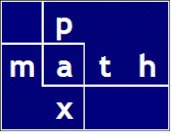
Filter a Pandas Dataframe using PyXLL (with video) Jul 2023
ACI Rebar Lookup May 2023
PyXLL using Jupyter and PySimpleGUI Interface (with video) Dec 2022
Easy Section Properties for Array of Points © Oct 2022
AISC bolt holes Aug 2022
This code illustrates the readability of Python.
Compare reading the text of AISC 15th Edition Manual, Section J3 to the program statements.
Pipe Flexibility using Julia and Jupyter Jul 2022
I compared equations from den Hartog, from Kireev et al, and from B31.3 Table D300.
The agreement was quite good.






